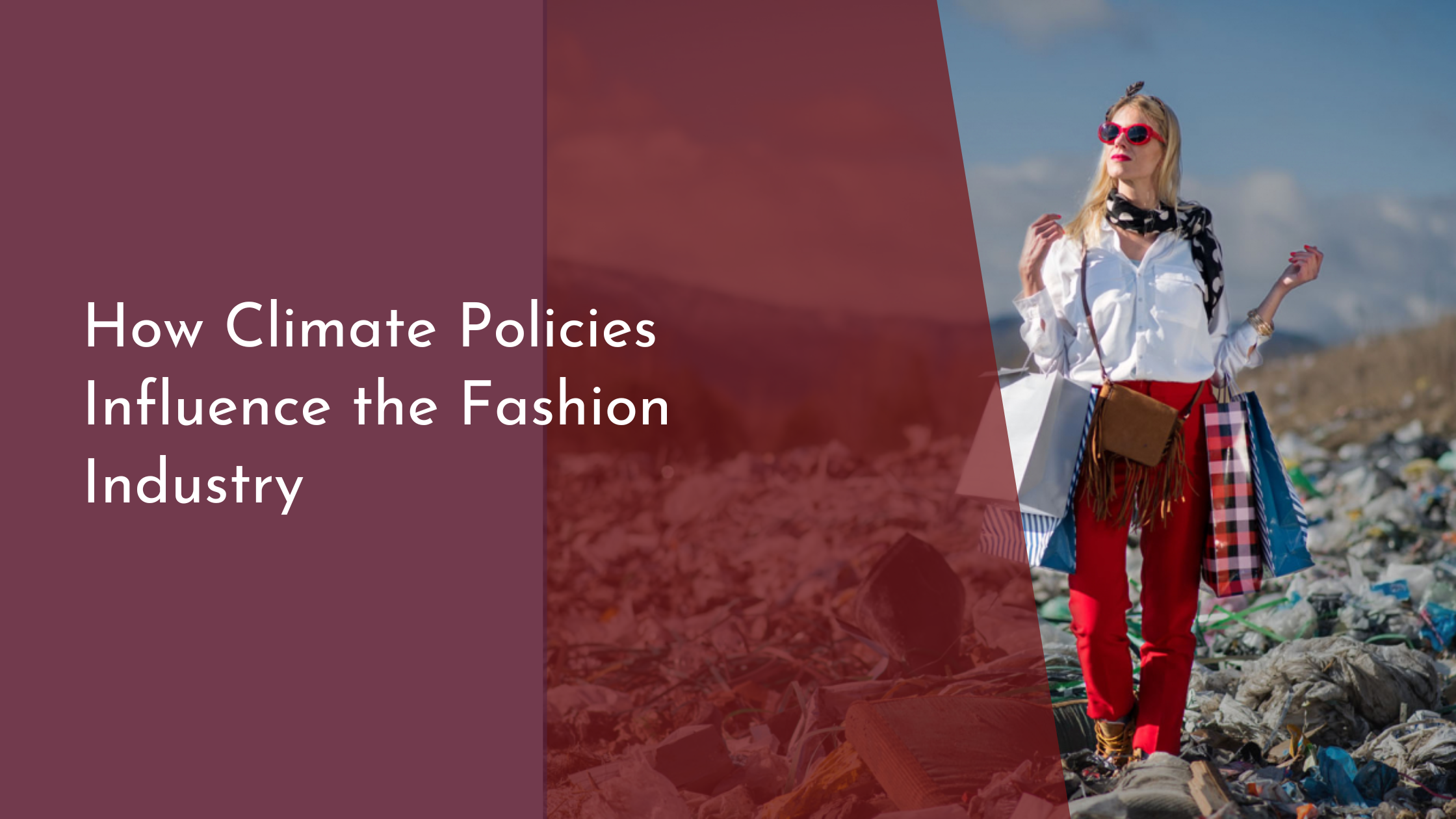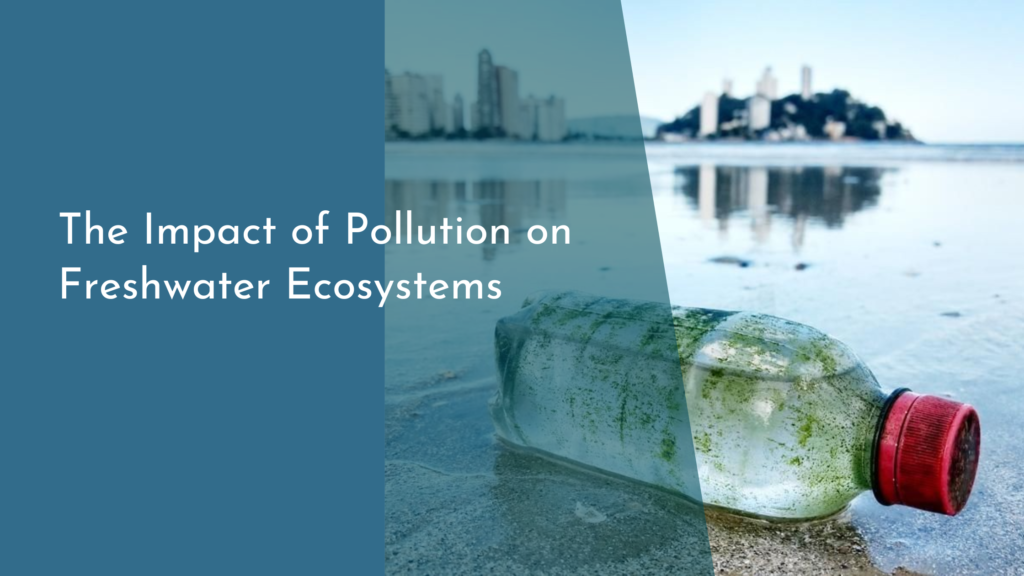How Climate Policies Influence the Fashion Industry
The fashion industry, often regarded as a beacon of creativity and self-expression, is now undergoing a transformative journey towards sustainability. As climate policies globally evolve to address the pressing environmental challenges, they significantly influence how fashion brands operate. This intersection of fashion and climate policies is reshaping the industry’s priorities, practices, and future trajectory. This article explores how climate policies are impacting the fashion industry, driving sustainable practices, fostering innovations, and paving the way for a greener future.
Understanding Climate Policies and Fashion’s Role
Climate policies are designed to mitigate the adverse impacts of human activities on the environment, focusing on reducing carbon emissions, promoting renewable energy, and enhancing resource efficiency. These policies affect every sector, including fashion, which is notorious for its environmental footprint. The industry’s carbon emissions, water usage, and waste generation have put it in the spotlight, prompting policymakers to enforce stricter environmental regulations. Fashion brands are now required to comply with these policies, which often involve reducing carbon emissions in production processes and sourcing sustainable materials.
The fashion industry plays a critical role in this global effort by adapting to and supporting these climate policies. Through initiatives like the Fashion Pact and commitments to the Paris Agreement, brands are aligning with government policies to combat climate change. This collaboration not only helps in reducing the industry’s ecological impact but also enhances brand reputation and appeal to environmentally conscious consumers. By embracing these policies, the fashion industry demonstrates its potential as a powerful ally in the fight against climate change.
Sustainable Practices Transforming the Industry
Sustainable practices have become a cornerstone for many fashion brands aiming to align with climate policies. One significant shift is the increased use of sustainable materials such as organic cotton, recycled polyester, and innovative fabrics like Tencel. These materials come with a lower environmental footprint and often contribute to a brand’s sustainability credentials. Additionally, the concept of a circular economy is gaining traction, where brands focus on designing products for longevity, recyclability, and minimal waste.
Moreover, transparency and ethical sourcing have become imperative. Brands are now more accountable, showcasing their supply chain practices and ensuring fair labor conditions as part of their sustainability strategy. By doing so, they not only comply with environmental and social governance (ESG) requirements but also cater to a growing consumer demand for ethically produced fashion. This shift towards sustainable practices is not only beneficial for the environment but also enhances the brand’s competitive edge in a climate-conscious market.
Innovations Driven by Eco-Friendly Regulations
Eco-friendly regulations have sparked a wave of innovation within the fashion industry, pushing brands to adopt cutting-edge technologies and practices. For instance, advancements in textile recycling and upcycling are enabling brands to repurpose old garments into new collections, significantly reducing waste. Waterless dyeing technologies and biodegradable synthetic fibers are other innovations that have emerged, reducing the environmental impact of traditional manufacturing processes.
Digital fashion is another exciting development driven by sustainability goals. Virtual fashion shows, 3D design, and digital clothing offer low-carbon alternatives to traditional practices. By leveraging technology, brands can minimize resource use and create engaging experiences for consumers. These innovations not only meet regulatory requirements but also open new avenues for creativity and customer interaction, demonstrating how sustainability can drive both economic and environmental benefits.
Fashion’s Future: A Greener and Brighter Path
The future of fashion is set to be greener, as climate policies continue to guide the industry towards more sustainable practices. With consumers becoming increasingly eco-conscious, the demand for green fashion is likely to grow. Brands that invest in sustainable innovation and align with climate policies are poised to thrive, as they can offer products that resonate with the values of modern consumers. This shift towards sustainability is also fostering collaborations between brands, governments, and NGOs to create industry-wide standards and innovations.
As we look ahead, the fashion industry is poised to redefine itself by embracing sustainability at its core. By adopting a proactive approach to climate policies, brands are not only contributing to global environmental goals but also ensuring their long-term viability in a rapidly changing world. This transformation promises a future where fashion is not only about style and trend but also about responsibility and stewardship of our planet’s resources.
In conclusion, the influence of climate policies on the fashion industry is both profound and positive. As brands navigate the regulatory landscape, they are compelled to innovate, adopt sustainable practices, and collaborate towards a shared goal of environmental stewardship. This alignment with global climate objectives not only mitigates the industry’s environmental impact but also sets the stage for a more sustainable and resilient future. The fashion industry’s journey towards sustainability is a testament to its adaptability and potential to inspire positive change, promising a future where fashion is synonymous with sustainability.


